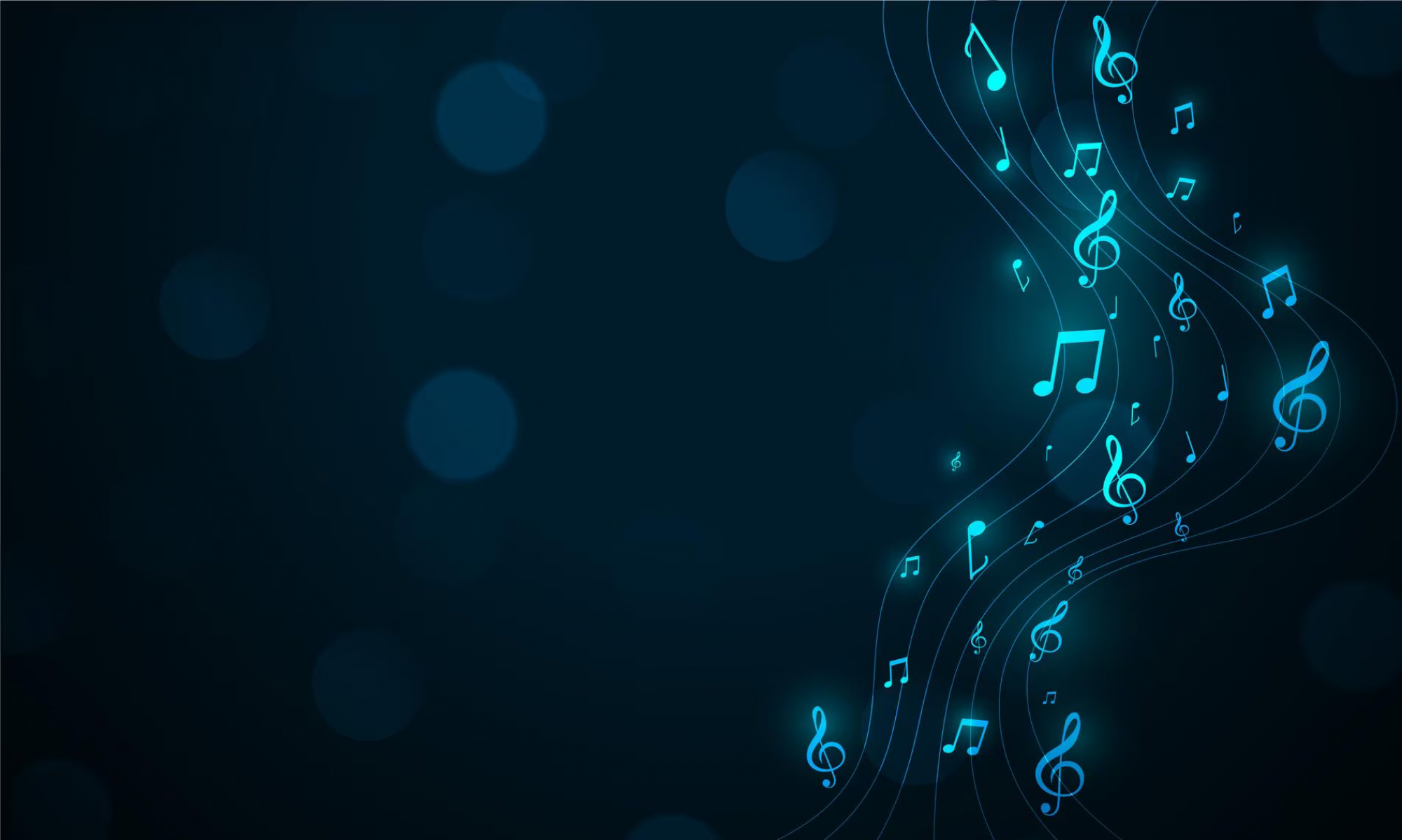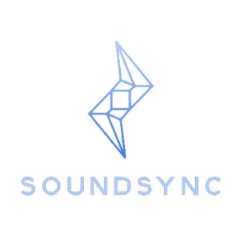Although we have a final design that was presented in the design review presentation, we have some concerns about the quality of our system. We obviously can’t know the performance of dynamic time warping (DTW) or the model until they are built. However, there is the risk that even for tempos that are quite modest such as 120bpm, the processing delay or DTW takes more than 500ms. Importantly, both the ML model and DTW have to stay below 500ms. This is because the ML model, which is associated with eye-tracking, and DTW, which is associated with audio alignment, run in parallel. This might need to be mitigated by reducing the max tempo of the pieces that can be aligned which also increases the maximum delay for both DTW and the ML model. This would, in turn, limit the scope to just beginner music instead of beginner and intermediate-level music.
Currently, no changes have been made to the design. However, we are meeting with Dr. Dannenberg who is an expert in the field and has done projects similar to one we are looking to create. We hope this conversation gives us insight into problems we can’t foresee and we will adjust the design appropriately.
Several principles of engineering implemented for this project include user-centered design, robustness, and power management. User-centered design is a main focus because we aim to include a wide range of musicians. Robustness is an important principle as we want to handle all the variations in user inputs. Power management is another principle that keeps the system operable for the duration of a rehearsal and does not inconvenience the user.

